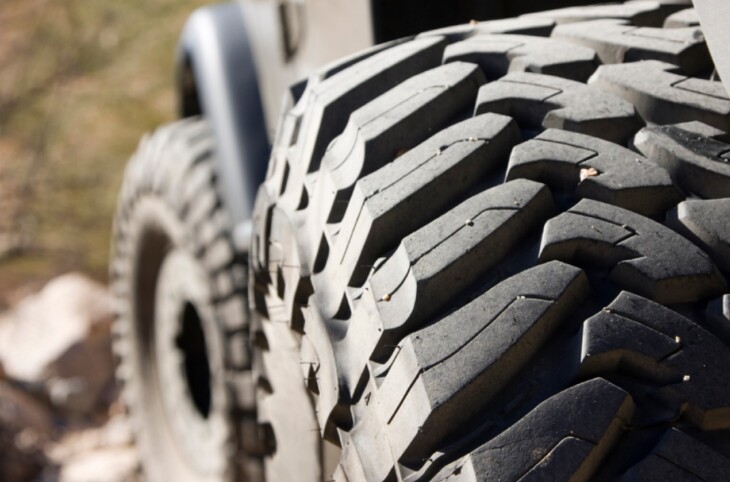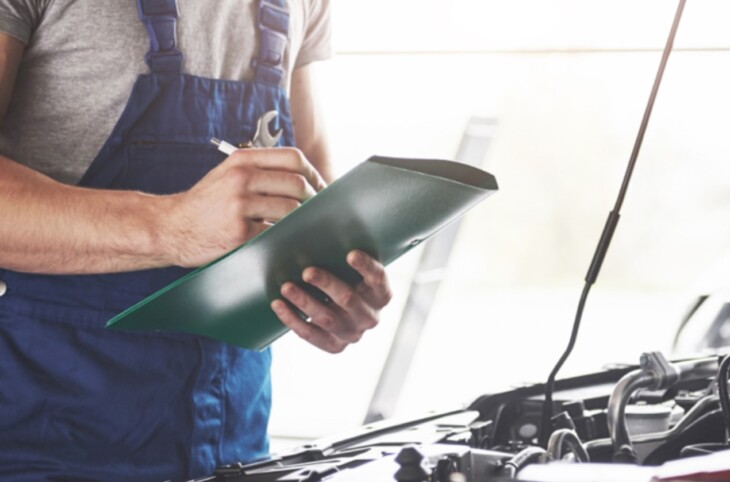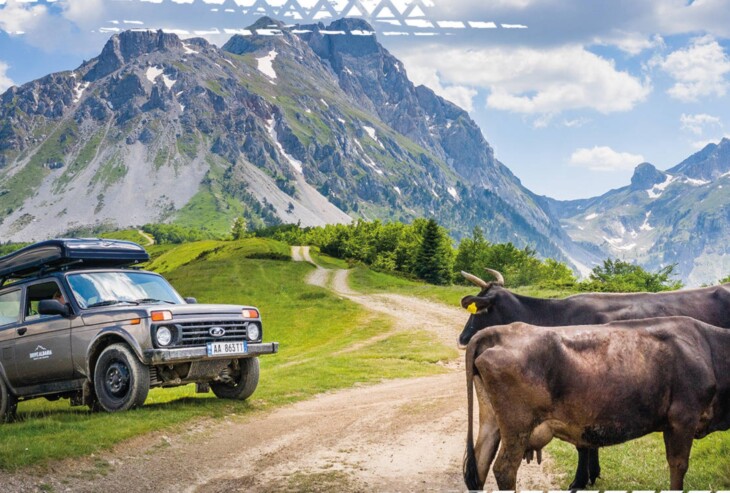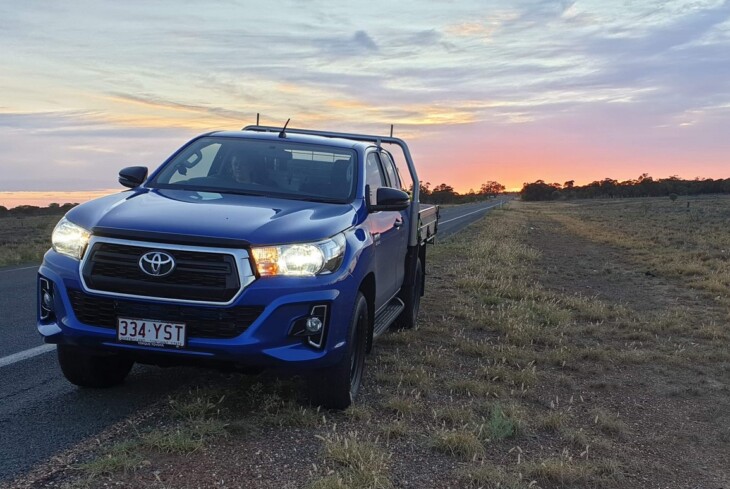If you are planning an off-road adventure part of your essential planning would be to ensure that you have a suitable vehicle, such as a Toyota Hiace 4×4, according to EnduroCo. For instance, which is up to the task and won’t let you down when the going gets tough.
That aside, there are a number of other aspects of the trip that need to be thought about so that when you do set off to explore all the right boxes have been ticked and you can focus on having a great time.
Here are some essential tips that will allow you to prepare your vehicle and enjoy the journey safely in the knowledge that you have done everything you can to prepare for most eventualities.

Source: www.jamisonlandscaping.com
Contents
Have you got the right tires?
One of the worst mistakes you can make if you are planning to take your vehicle off-road is to have the wrong tires for the intended tasks you are going to ask your 4X4 to perform.
Even when your vehicle is designed to give you off-road options you would soon discover the hard way that desert conditions, for example, would very quickly create unnecessary danger if you only had standard highway tires fitted.
Aim to have the best all-terrain, or specific mud tires fitted to your vehicle that your budget will allow.
Stick with reliable tire brands that have a sound reputation for performing well and do make sure that you have plenty of treads left before setting off.
Also, make sure you have a spare tire on board and all the equipment needed to change over to a spare should you need to do so.

Source: Motor Co
Perform a thorough mechanical check
Equally important on your checklist would be a thorough inspection of your vehicle so that you are confident it is in sound mechanical condition and ready to be put through its paces.
The last thing you want is to find that your 4X4 breaks down in a remote area with a fault that could have been identified beforehand by a qualified mechanic.
Ideally, pick a mechanic who is specifically qualified for 4X4s as they can look for the sorts of issues that could easily be missed by a regular mechanic.

Source: Westend61
Plan your fuel stops
It is well worth mentioning at this point that far too many adventurers have their trip suddenly terminated because they have failed to plan for the fuel they need and worked out where and when to refuel.
A vital point to consider is that your fuel consumption is likely to increase if you are putting the vehicle under greater strain, such as driving through sandy terrain.
It is feasible that your 4X4 will use almost double the usual amount of fuel in these circumstances. That is why you should ideally have a long-range tank fitted or make sure you give yourself plenty of room in your calculations and know how long you have got between stops.

Source: montenegro4x4adventures.com
Protect your vehicle
You can potentially encounter objects or animals that could cause serious damage to your vehicle during your off-road adventure.
An essential piece of equipment to protect you and your vehicle is a bull bar. Make sure you have one fitted as anything unforeseen like an animal strike could be the end of your trip in an instant.

Source: Reddit
Have you got the right lights?
You could quickly discover that the standard beam on your 4X4 is not suitable for off-roading.
Investing in a good set of driving lights would be a smart move as they will give you the best view of the road and track conditions when the sun has gone down, plus it will alert you sooner to any potential danger such as an animal on the track.
Driving lights let you see further and wider.
Have you got the right spares onboard?
It is always a great idea to think about carrying a range of spare parts on board as you never know when they might get you out of a tight spot in a remote area where no one is around to come and help in a hurry.
A basic spare parts kit should include items like spare fuses, lights, a radiator belt, some oil, a set of hoses, and jump leads, or a jump battery if there is room on board.
Check your load limit
Even though you will need these essential spares and other equipment if you are planning to go off-road and into remote areas your vehicle will clearly have limitations on how much laid it can take.
When your vehicle is being checked over by a mechanic with 4X4 experience it would also be advisable to ask them to check whether the suspension is in good working order.
It is also essential that they check the shocks and springs are fit for the journey and whether they will cope with the extra weight you are going to be carrying.
If you exceed your vehicle’s load-bearing limit it will impair the performance of the suspension system and that will have a detrimental impact on handling when you go off-road.

Source: OunTravela
Take extra care with your packing
Last but not least, it should be considered critical that you pack your vehicle correctly for the trip.
If you exceed weight limits or items are not secured safely there is always the chance that your vehicle will not handle correctly and you could be injured by an object inside the 4X4 when you are traveling through rough terrain.
If you intend to use a roof rack make sure that the weight is distributed as evenly as possible and do not be tempted to overload as you then run the risk of exceeding weight restrictions.
A good tip would be to aim to pack any heavy items so they are placed as low as possible as this helps keep the vehicle’s center of gravity as low as possible and reduces the risk of one of these items causing damage to you if it comes loose at some point.
It goes without saying that you are putting yourself and your vehicle under stress when you go off-roading and that is why you need to plan properly and prepare your vehicle.
Once you have ticked all of these essential boxes you can focus on enjoying an amazing off-road adventure.
